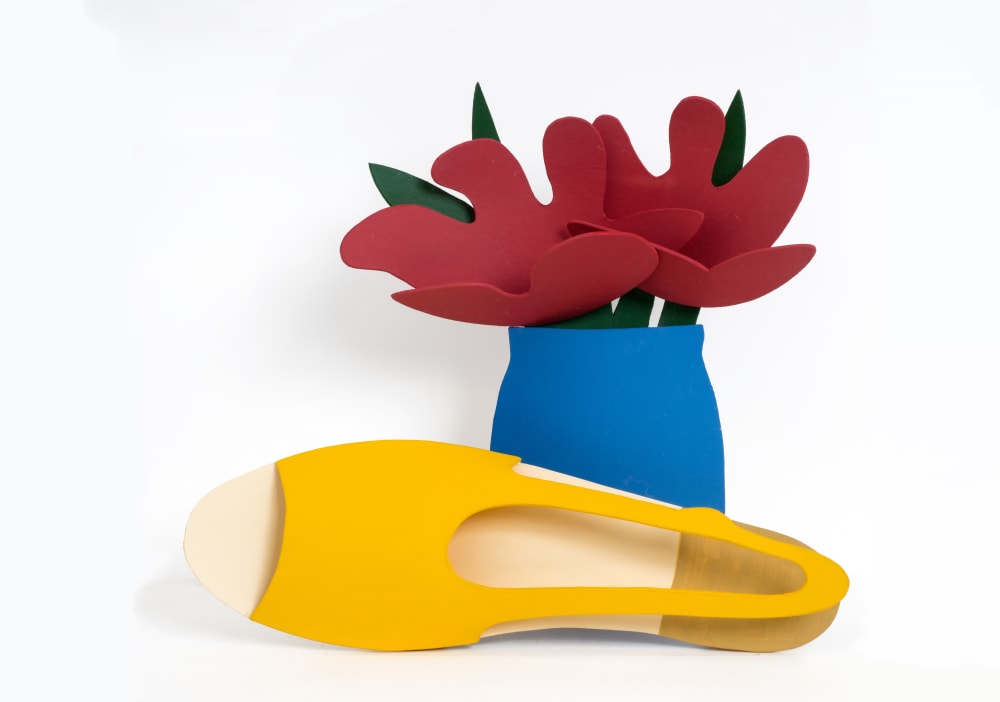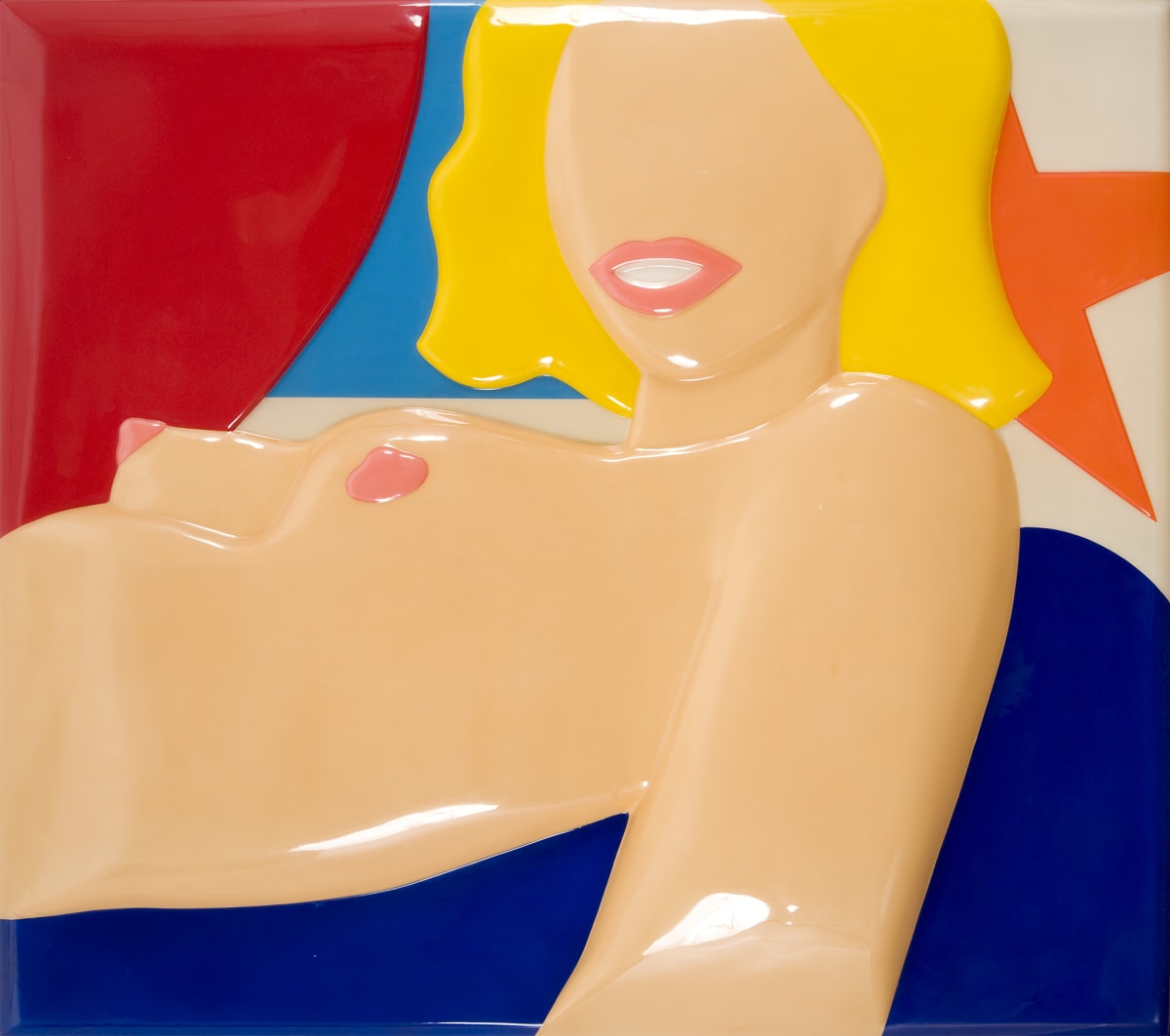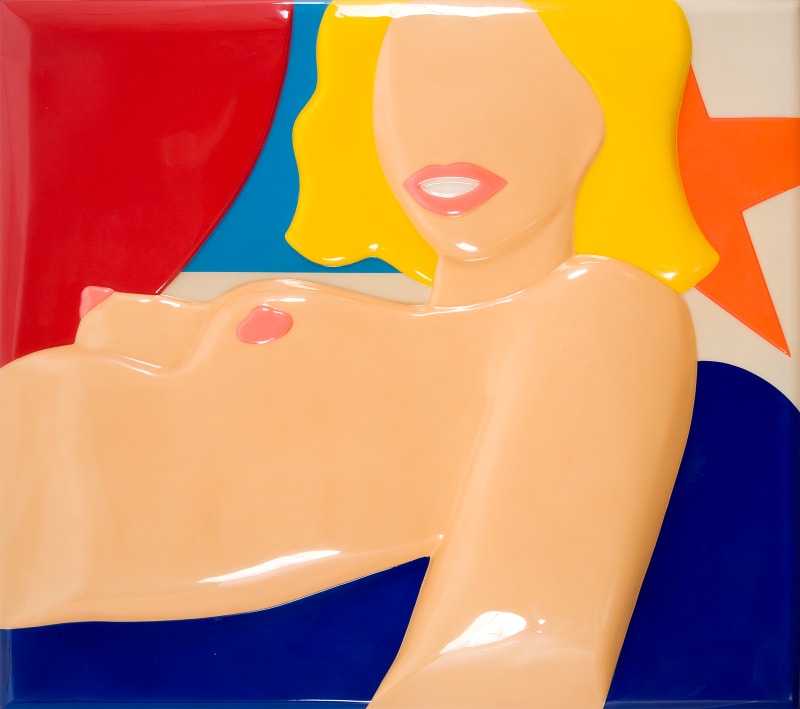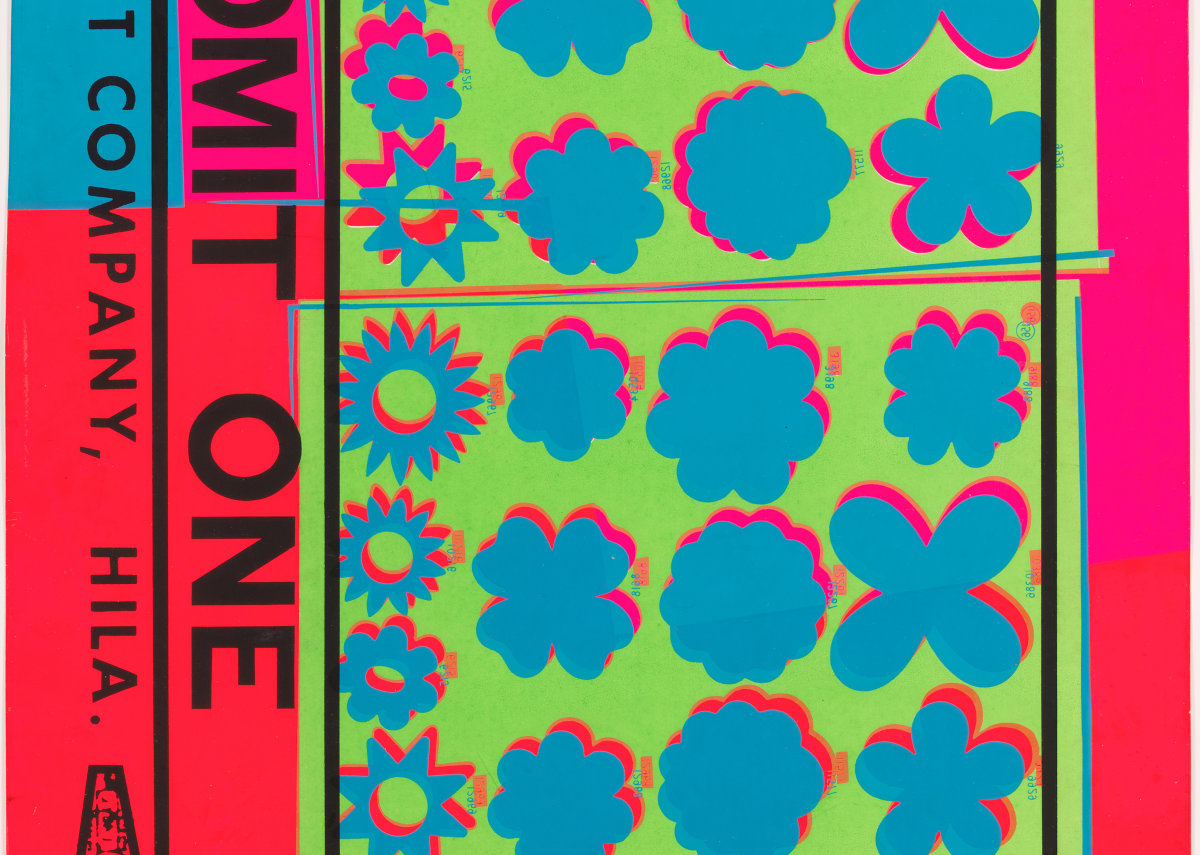
Spurred on by the flashy images of advertising, Wesselmann developed a style that reflected a contemporary culture consumed by mass media and a society obsessed with objects.
Tom Wesselmann was one of the founding members of the Pop Art movement in America. Alongside Andy Warhol, Roy Lichtenstein, Claes Oldenburg, Jim Dine, and James Rosenquist, Tom Wesselmann defined one of the most progressive movements in the history of American art. Spurred on by the flashy images of advertising, Wesselmann developed a style that reflected a contemporary culture consumed by mass media and a society obsessed with objects. His flat colors, clean lines, and bold yet seemingly anonymous presentation of the female figure characterizes Wesselmann’s art for over four decades.
Tom Wesselmann was one of the founding members of the Pop Art movement in America. Alongside Andy Warhol, Roy Lichtenstein, Claes Oldenburg, Jim Dine, and James Rosenquist, Tom Wesselmann defined one of the most progressive movements in the history of American art. Spurred on by the flashy images of advertising, Wesselmann developed a style that reflected a contemporary culture consumed by mass media and a society obsessed with objects. His flat colors, clean lines, and bold yet seemingly anonymous presentation of the female figure characterizes Wesselmann’s art for over four decades.
Born in Cincinnati in 1931, Wesselmann studied psychology at the Hiram College and at the time expressed little interest in art. However, after serving in the army where he found himself doodling comic strips, he entered the Cincinnati Academy of Art in pursuit of a career as a cartoonist. At the advice of an instructor, Wesselmann moved to New York City in 1956 and enrolled in art classes at the Cooper Union. “It was there that he came in contact with the heated atmosphere of Abstract Expressionism and his ambition to paint broadened,” explained the influential curator and proponent of the Pop art movement Henry Geldzahler. (1)
His early works were small Cubist-inspired collages that combined paint and magazine cut-outs. These works struck a balance between the intimate and the brazen and often featured pink Matisse-like nudes. Wesselmann gradually moved from small-scale collages to large paintings but retained the abrupt compositional juxtaposition characteristic of the collage as well as his glossy billboard colors.
In 1962, Wesselmann began his most noted series, “The Great American Nude,” which played on the “corruption of Eros by a consumer society.” (2). This series focused a bold and brash depiction of the female nude— enlarged, hyper-sanitized, and above all, objectified: “The nude, I feel, is a good way to be aggressive, figuratively. I want to stir up intense, explosive reactions in the viewers. Let them feel a …BLAM! As for the erotic elements, I use them formally, without any embellishment. I like to think that my work is about all kinds of pleasure.” (3)
It was during this period in the 1960’s that Wesselmann’s work broadened to incorporate three-dimensional household objects and reconstructions of domestic American interiors and expanded to include still life, interiors, and landscape. “I used blunt Pop imagery and simple, clean colors to take on the traditional subjects of painting--the nude, the still life, the landscape” (4)
In the 1970s, Wesselmann’s work became increasingly sculptural. Ever expanding his technical vocabulary and building upon the constructions and assemblages of the 1960’s, Wesselmann began combining mundane objects like a woman’s shoe, a belt, a vase of flowers into sculptural compositions with special dimensionality. Art historian Sam Hunter called these works “disarmingly simple…provocative, even steamy” (5)
In 1980, Wesselmann, under the pseudonym Slim Stealingworth, wrote Tom Wesselmann (published by Harry N. Abrams). The book featured an autobiographical account written in the third person of the artist’s process and development.
Wesslemann’s later work, “steel drawings” as he called them, featured compositions of cut-out images in aluminum, which the artist layered and painted to create a kind of relief wall sculpture. Wesselmann died in December 2004. It is believed that at the time of this death, he was working on a series of nudes inspired by Willem de Kooning and the Abstract Expressionist style. (6)
1) Henry Geldzahler, Pop Art 1955-70 (Australia: International Cultural Corporation of Australia Limited, 1985).
2) Geldzahler, p. 189
3) Wesselmann quoted in Gardner, Paul. “Tom Wessleman.” Art News (January 1982), p. 69.
4) ibid.
5) Sam Hunter, Tom Wesselman (New York: Rizzoli International Publications, 1994), p. 26.
6) Smith, Roberta. The New York Times, December 20, 2004.














